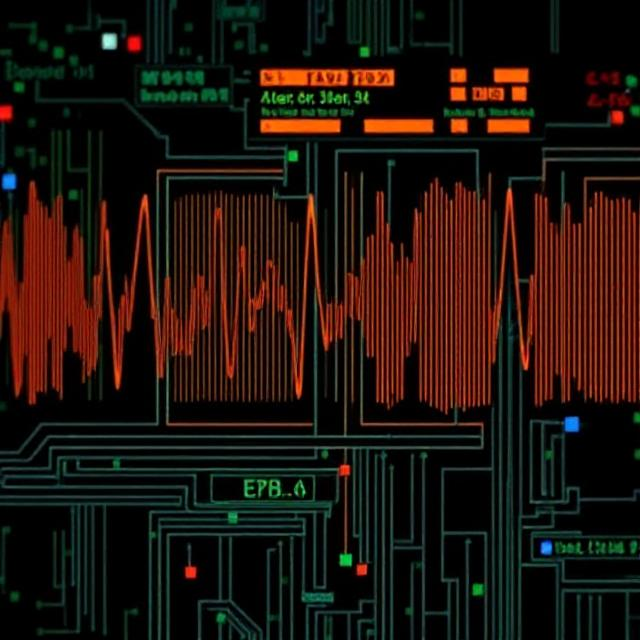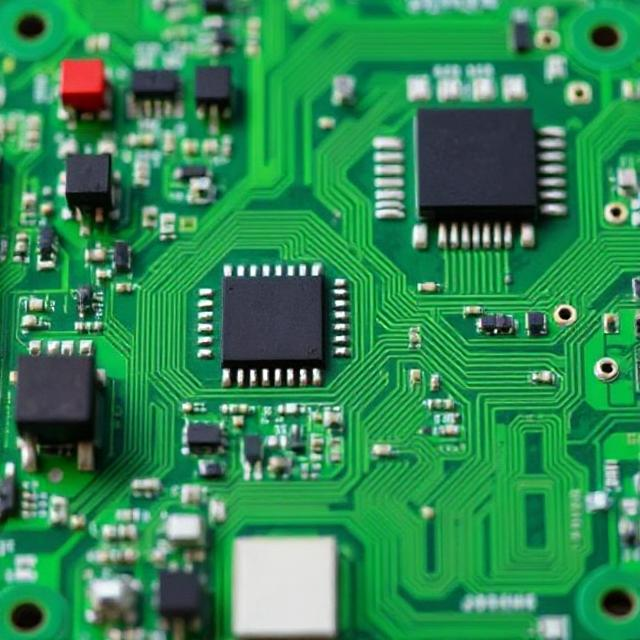A Microcontroller-Based GPS Clock is a device that uses a microcontroller (a small computer) along with a GPS receiver to provide accurate time. It receives time signals from GPS satellites and uses the microcontroller to process that information and display the correct time on a clock.

Key Components:
- Microcontroller: A microcontroller is like the “brain” of the GPS clock. It’s a small computer on a chip that controls the entire system. It reads the data from the GPS receiver, processes it, and sends the time to a display, like an LCD or LED screen.
- GPS Receiver: The GPS receiver gets its time information from GPS satellites orbiting the Earth. These satellites send out signals that include the current time, and the GPS receiver picks up these signals to get an accurate time reading.
- Display: The display shows the time (like a regular clock). It could be a digital screen (like an LED or LCD display) that shows the current time in hours, minutes, and seconds.
- Power Supply: The GPS clock needs a power source to run the microcontroller and GPS receiver. This could be from a battery or AC adapter.
How Does It Work?
- GPS Signals: The GPS satellites in space constantly send out signals with precise time information. These signals contain the current time and the satellite’s location.
- GPS Receiver: The GPS receiver in the clock picks up the signals from the GPS satellites. By receiving signals from at least four satellites, the receiver can calculate the exact time based on the information from those satellites.
- Microcontroller Processing: The microcontroller takes the data from the GPS receiver and processes it. It extracts the accurate time from the GPS data.
- Displaying the Time: After processing the time, the microcontroller sends the current time to the display so that it can be shown on the clock.
- Accuracy: Because the time from GPS satellites is extremely accurate (using atomic clocks), the time shown on the GPS clock is highly precise, even down to the second.
Advantages of a Microcontroller-Based GPS Clock:
- Highly Accurate: GPS satellites have atomic clocks on board, which provide extremely precise time. This means the GPS clock will show the correct time, even without any need to adjust for daylight saving time or changes in time zones.
- No Need for Manual Setting: Since the GPS clock automatically gets its time from the satellites, you don’t need to set the clock manually, and it will always stay up-to-date.
- Works Anywhere: As long as the GPS receiver can receive signals from the GPS satellites, the clock will work anywhere on Earth. It doesn’t depend on local time sources like the internet or radio signals.
- Reliability: GPS clocks are reliable because they depend on satellites, which are always active and provide consistent signals.
Applications of a Microcontroller-Based GPS Clock:
- Accurate Timekeeping: These clocks are used in places where precise time is essential, such as in laboratories, research centers, broadcast stations, and factories.
- Synchronization: In environments where many devices need to be synchronized, such as in network systems or telecommunications, GPS clocks ensure that all devices are operating on the same time.
- Public Clocks: Some public clocks (like those in cities or train stations) use GPS clocks to maintain accurate time without needing to manually adjust them.
- Military: The military often uses GPS clocks for precise time synchronization in operations, ensuring accurate timing for communications and coordination.
How the GPS Time Works:
- GPS Satellites: The GPS satellites send out time signals that include the exact time (from the atomic clock onboard the satellite) and the satellite’s position.
- Time Calculation: The GPS receiver calculates the distance between itself and the satellite by measuring how long it took for the signal to reach the receiver. With this information, it can figure out the exact time.
- 4 Satellites: To get an accurate position and time, the GPS receiver typically needs to get signals from at least four satellites. This allows the receiver to triangulate its position and correct any minor errors in the time calculation.
Simple Diagram of How It Works:
- GPS Satellites in the Sky → 2. GPS Receiver (in the clock) → 3. Microcontroller (processes the time) → 4. Display (shows the time)
Summary:
A Microcontroller-Based GPS Clock is a type of clock that gets its time from GPS satellites. It uses a microcontroller to process the GPS signals and display the exact time on a screen. This system is accurate, automatic, and works anywhere as long as the GPS receiver can receive satellite signals. It’s used in places where having the exact time is important, like in labs, research, military, and public clocks.











